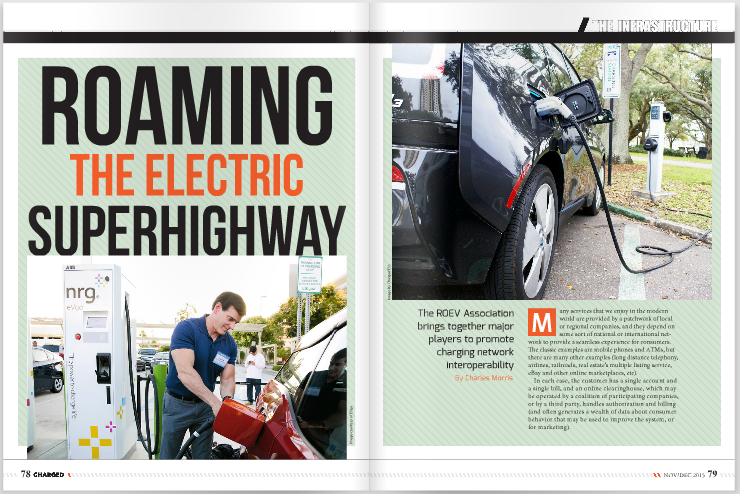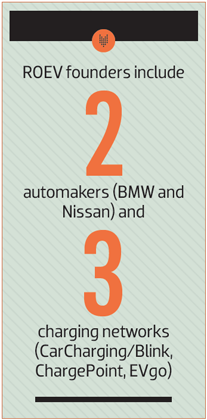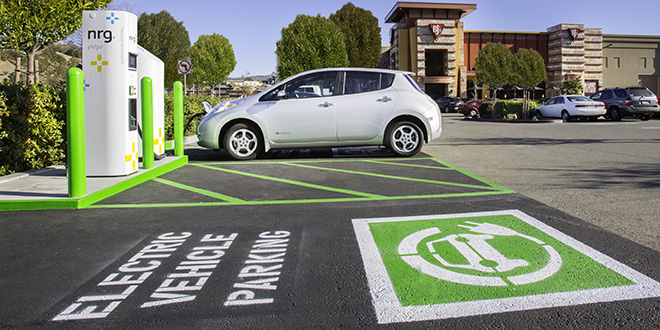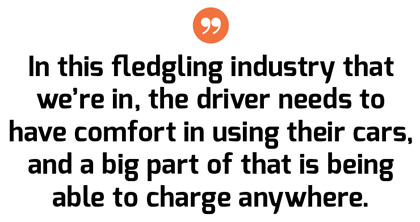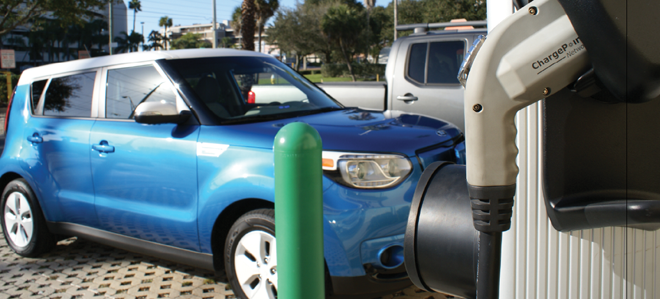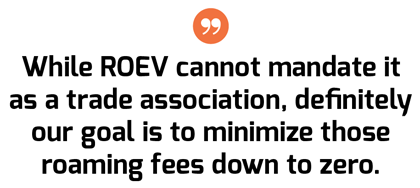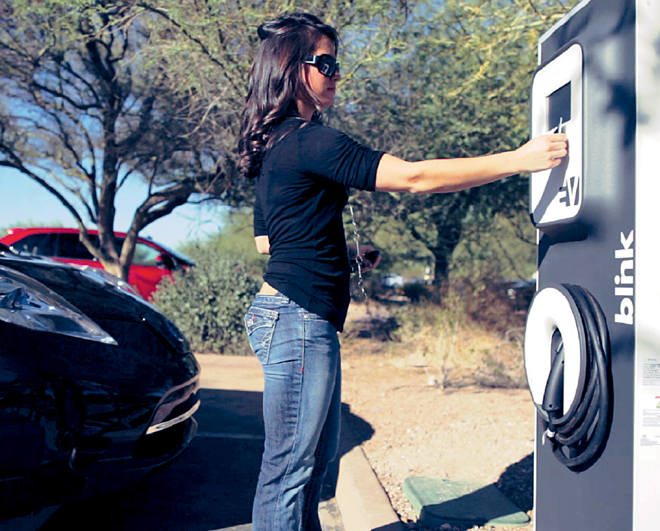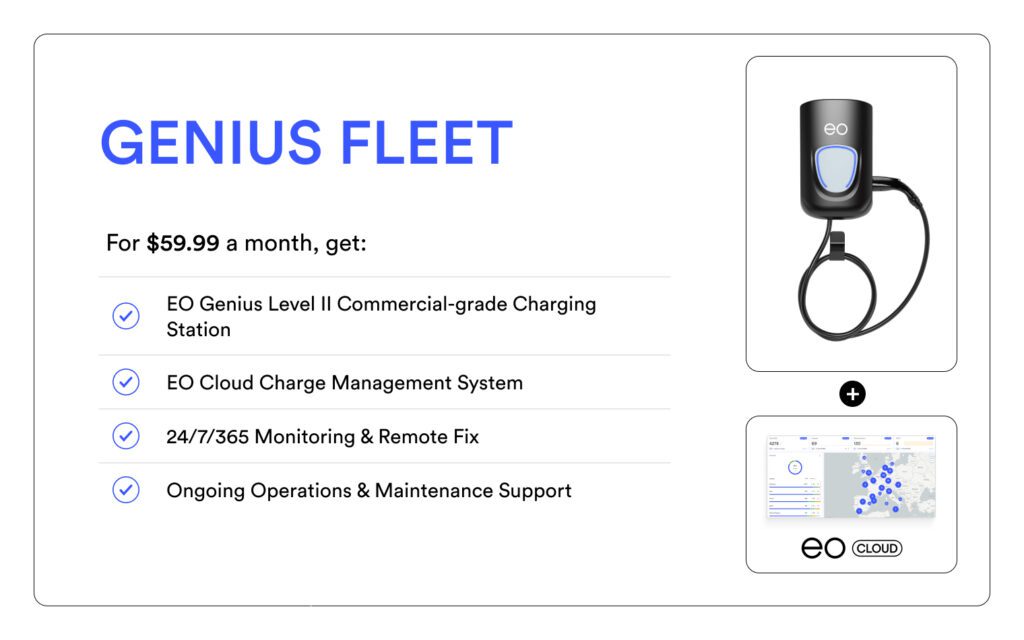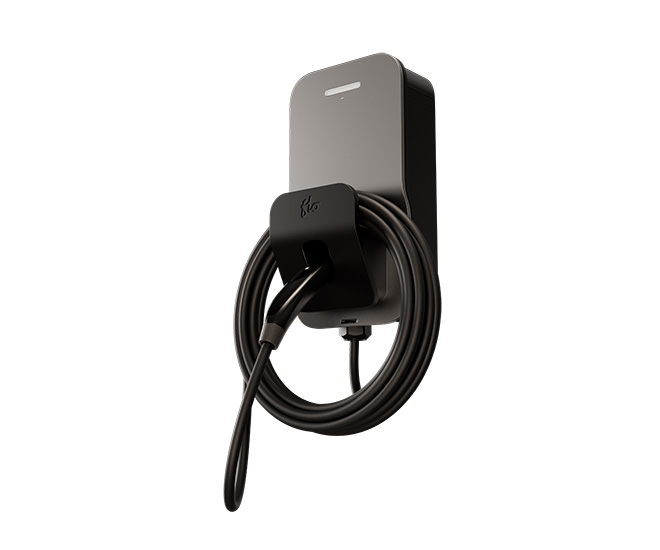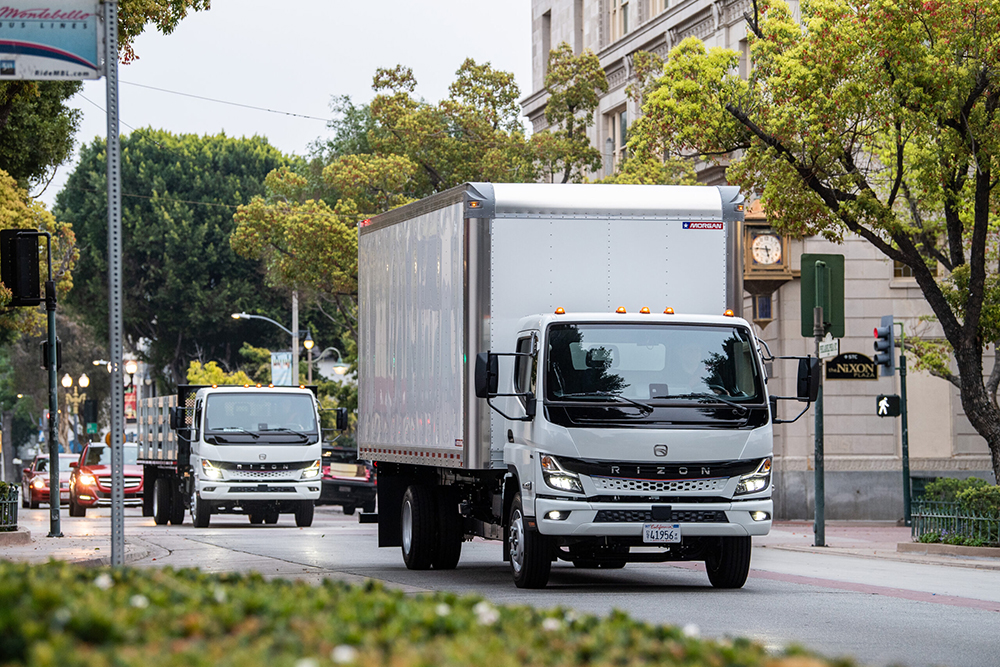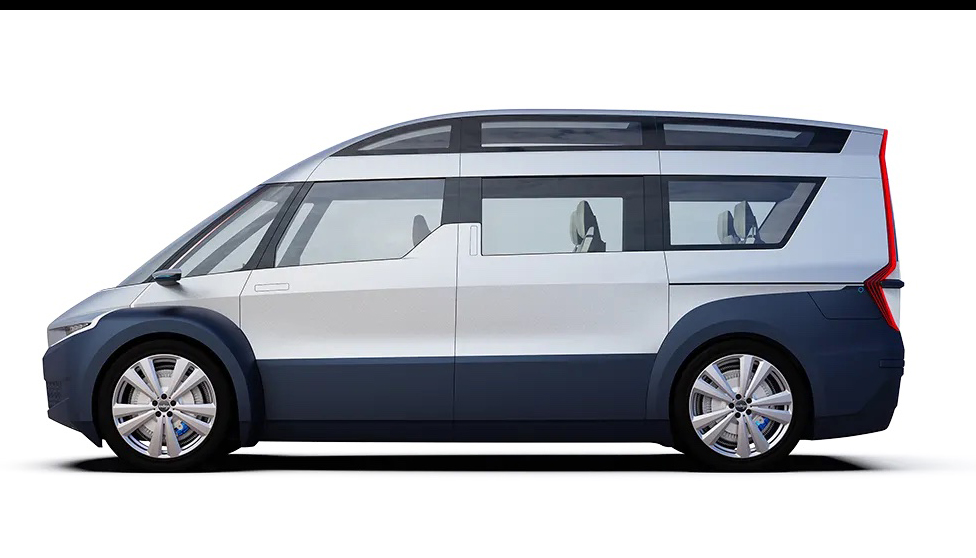Many services that we enjoy in the modern world are provided by a patchwork of local or regional companies, and they depend on some sort of national or international network to provide a seamless experience for consumers. The classic examples are mobile phones and ATMs, but there are many other examples (long distance telephony, airlines, railroads, real estate’s multiple listing service, eBay and other online marketplaces, etc).
In each case, the customer has a single account and a single bill, and an online clearinghouse, which may be operated by a coalition of participating companies, or by a third party, handles authorization and billing (and often generates a wealth of data about consumer behavior that may be used to improve the system, or for marketing).
As EV charging networks proliferate, it’s only logical that such a system be established for EV roaming. Drivers need to be able to use a single account, a single card and a single smartphone app to locate chargers, initiate charging, and pay their bills.
There have been a few attempts to build such a system, but so far none has developed into a comprehensive national system. In many areas, EV drivers who use public charging need to carry around multiple cards or key fob gadgets, and the situation is even worse when drivers take their EVs out of their local areas.
In November, eleven partners announced the creation of the ROEV Association (“Roaming for EVs”), a non-profit trade association of industry stakeholders designed to support EV adoption by facilitating public charging network interoperability. Founded by BMW, CarCharging/Blink, ChargePoint, EVgo and Nissan, ROEV quickly grew to include Audi, Honda, Efacec, BTC Power, SemaConnect, and electric utility Portland General Electric. Prior to the November launch announcement, the five founding companies of ROEV had been working together on the project for well over a year.
ROEV is focused on promoting a set of standards that network operators can use to make it easy for drivers to find and use charging stations on any network. Using their smartphone apps, drivers need to be able to see if a particular station is available or in use, and what fees, if any, apply.
Charged spoke with Simon Lonsdale, ChargePoint’s Vice President of Business Development and the Chair of the ROEV Association.
“In this fledgling industry that we’re in, the driver needs to have comfort in using their cars, and a big part of that is being able to charge anywhere,” said Lonsdale. “So the whole purpose of bringing together the different parties was to make that part simple for the driver. It encourages them to buy an EV, and to use it not just for one purpose – like commuting to work – but for their everyday driving.”
Lonsdale is confident that ROEV will be more successful than previous efforts, “because it’s inclusive, because it’s neutral ground, because it’s not trying to be a profit center, and it’s not trying to be a technology company, either. Some of the other instances that we see around the world, or some of the earlier efforts here in the US, were trying to do too much at once. They were trying to be a clearinghouse – for example, for technology – and were not set up as a non-profit. And I think those aspects made it very difficult for everyone to come together to make it function properly.”
The plan is to roll out ROEV in three phases over the coming year.
“The first step is what we call the Directory,” said Lonsdale. “This means being able to show all of the charging stations on each of our mobile applications, so that it’s easy for a driver to see where the stations are and also, in real time, to see whether they’re in use or available, or if any may be broken. You’ll be able to use your Blink app or your ChargePoint app or your EVgo app. ROEV is trying to bring together all the parties. It’s not trying to take over any of the parties’ businesses.”
Phase two will enable drivers to start a charging session at any participating station, and pay for it, through their existing accounts. “No account setup, no need to talk to anyone, no need to go through any extra steps. Phase two will be starting a session from your mobile phone – either by calling into your normal network number, or from the mobile app that you’re used to using for your home network.”
The third phase will enable starting a session just by tapping a card. “I think you’re probably used to having a key fob card for your favorite network, and tapping that on the station to start a session,” said Lonsdale. “ROEV is also helping to move to a common standard for cards, bringing charging up to the same level of security that the credit card industry is in the process of moving to.”
ROEV is not trying to create its own standards, but rather trying to make sure that everyone in the industry adopts the same standards. “The Technical Committee is working through that part of it,” explains Lonsdale, “working on getting each of the players to implement the same Directory standards, the same interoperability standards, and the same card standards. Then, the Certification Committee will make sure that we test the interoperability between the networks before we roll this out. I can’t give you an exact timeframe, but we’re talking about just a matter of months to move through each of these phases.”
What about roaming fees? Most cell phone networks no longer charge roaming fees, but ATM networks certainly do – you can expect to pay a few bucks per transaction if you use an ATM that’s not a member of your bank’s network. EV drivers seem likely to resist any such fees. A particularly sticky situation could arise if a driver finds him- or herself paying a fee at a charger that’s free for members of its home network.
Lonsdale believes that one of the reasons earlier attempts at a network failed was that, because they were set up as for-profit entities, they found it necessary to charge roaming fees. “One of the goals of ROEV is to minimize any such roaming fees,” he says. “While ROEV cannot mandate it as a trade association, definitely our goal is to minimize those roaming fees down to zero. The founding networks all come into this with the goal of having no roaming fee between our networks when we launch.”
As it is based on a distributed model, ROEV does not have its own back-end system to harmonize the transactions. “It’s like an ATM card, in that you can use your existing RFID card at these stations,” explains Lonsdale. “But we’re implementing it technically much like the phone system, in that the networks work together directly. And that’s why we have these commonly agreed standards, so we work directly with point-to-point implementation, so ROEV does not need to be a transaction engine or have its own infrastructure to try and centralize this.”
ROEV’s distributed nature should also help to preserve the privacy of customer data between accounts, an issue that some members have expressed concern about. “In ROEV, because there is no clearinghouse, because it’s done by each of the networks, your data is always held just with your home network that you signed up for,” said Lonsdale. “The roaming transaction is done very much like a credit card pre-authorization, where a token about you goes across the other network, but there’s no personally identifiable information that you’d need to submit to the other networks.”
While the goal of ROEV is to make things as simple as possible for users, behind the scenes there is much complex technical work to be done, to say nothing of the political maneuvering needed to bring together competing companies to get to a mutually beneficial outcome.
The various charging networks use a variety of different hardware tokens that they issue to drivers. Some use key fobs, and some use standard RFID cards. Once ROEV is up and running, these are likely to be replaced with new cards that conform to a common standard. “The Technical Committee has to finalize this, but ROEV expects that there will be new common cards issued by the networks to the drivers,” said Lonsdale.
SEE ALSO: Hubject wants to connect Europe’s charging networks
This article originally appeared in Charged Issue 22 – November/December 2015. Subscribe now.



